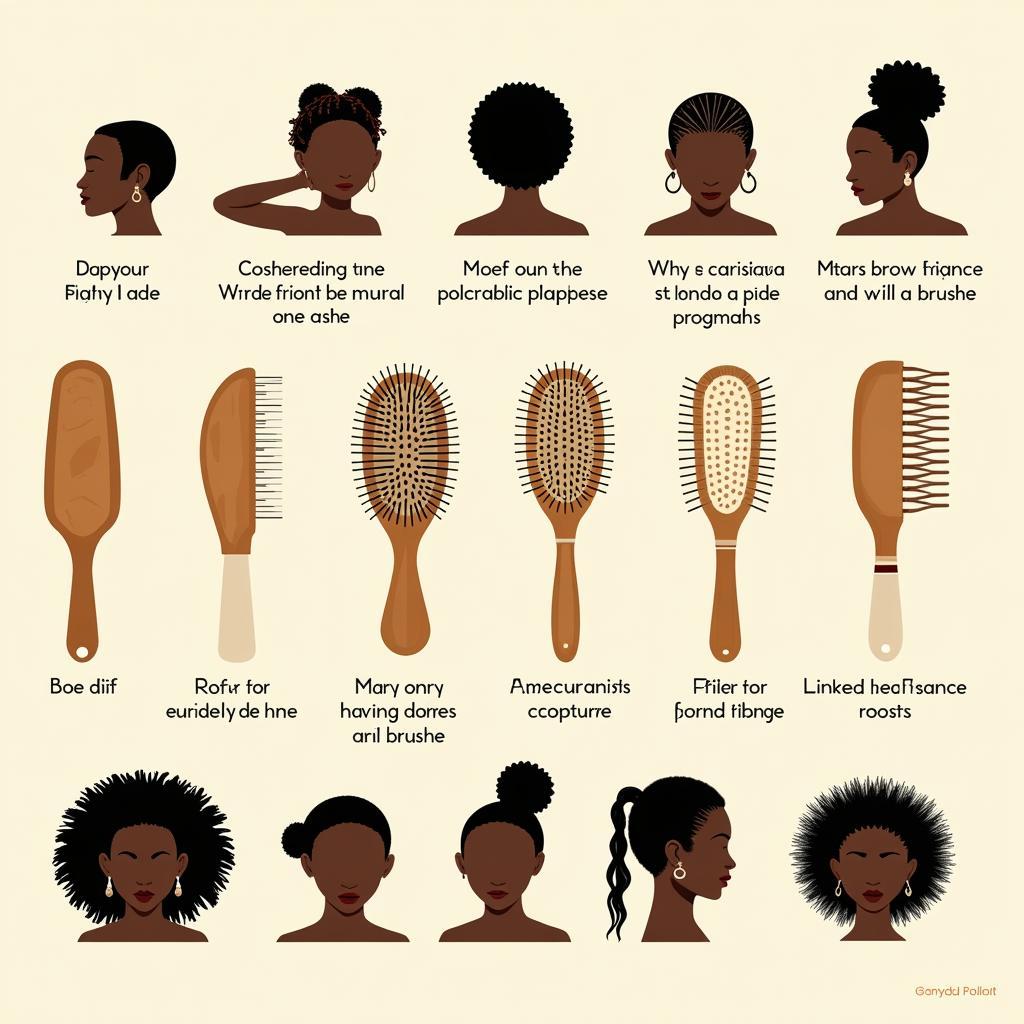The African Rift Valley Map: A Journey Through Time and Geography
The African Rift Valley is a geological marvel, a vast expanse stretching for thousands of kilometers through the heart of the continent. It’s a place where the Earth’s tectonic plates are pulling apart, creating dramatic landscapes, diverse ecosystems, and a fascinating history. This article will explore the African Rift Valley Map, delve into its geological processes, and uncover the rich biodiversity and cultural tapestry that make it such a unique and captivating region.
Understanding the African Rift Valley Map
The African Rift Valley, or simply the Rift Valley, is a series of interconnected valleys, volcanoes, and lakes that span from the Red Sea in the north to Mozambique in the south. The most prominent segment is the East African Rift Valley, which cuts across Ethiopia, Kenya, Tanzania, and Uganda.
The East African Rift Valley is a prime example of a continental rift zone, a geological feature where the Earth’s crust is being pulled apart. This process, known as rifting, is driven by the movement of tectonic plates. In the case of East Africa, the African Plate is slowly splitting apart, forming two new plates: the Somali Plate and the Nubian Plate.
As the plates move apart, they create vast valleys and depressions, which are often filled with water, forming lakes. The East African Rift Valley is home to some of the world’s largest and deepest lakes, including Lake Victoria, Lake Tanganyika, and Lake Malawi.
Exploring the Geological Wonders
The Rift Valley’s geological history is reflected in its diverse landscapes. Here are some of the most iconic features:
Volcanoes: The rift zone is dotted with numerous volcanoes, a result of the magma rising from the Earth’s mantle as the plates pull apart. Some of the most notable volcanoes include Mount Kilimanjaro, Mount Kenya, and Mount Nyiragongo.
Faults: The tectonic activity has also created massive fault lines, which are fractures in the Earth’s crust. These faults are visible in the landscape as steep cliffs and escarpments, often forming dramatic gorges and canyons.
Rift Valley Lakes: The lakes in the Rift Valley are unique and diverse. They range from the shallow and alkaline Lake Natron to the deep and freshwater Lake Tanganyika. The lakes are home to a wide variety of endemic species, making the Rift Valley a crucial biodiversity hotspot.
Biodiversity and Wildlife: A Thriving Ecosystem
The African Rift Valley is a haven for biodiversity, supporting a vast array of plant and animal life. Its unique ecosystems are home to:
The Great Rift Valley Lakes: These lakes are renowned for their exceptional biodiversity, particularly the abundance of cichlid fish species. These fish have adapted to the different ecological niches within each lake, resulting in an incredible diversity of coloration, body shapes, and feeding behaviors.
The Savannahs and Grasslands: The Rift Valley is also home to vast grasslands and savannahs, which support a diverse range of wildlife. These areas are famous for their iconic wildlife, including zebras, elephants, giraffes, lions, and leopards.
The Mountains: The mountains in the Rift Valley provide a refuge for diverse flora and fauna, with unique species adapted to the high altitudes and cooler temperatures.
Cultural Heritage and Human Impact
The Rift Valley is not just a geological and ecological wonder; it’s also a region rich in history and culture. Here’s what makes it so unique:
The Cradle of Humanity: The Rift Valley is considered by many to be the “cradle of humanity,” as it is home to some of the earliest fossil evidence of human ancestors. The discovery of hominid fossils like Lucy, an Australopithecus afarensis, in the region has provided valuable insights into human evolution.
Ancient Civilizations: The Rift Valley has also been home to numerous ancient civilizations, including the Aksumite civilization in Ethiopia, the Swahili civilization in East Africa, and the Bantu people who migrated throughout the continent.
Traditional Cultures: The Rift Valley is home to diverse indigenous groups, each with its unique traditions, languages, and customs. From the Maasai people of Kenya and Tanzania to the Himba people of Namibia, the region’s cultural diversity is a testament to its rich history.
The Rift Valley: A Must-See Destination
The African Rift Valley is a destination that offers something for everyone, from nature lovers to history enthusiasts and culture seekers. Here are some of the reasons to visit:
The Serengeti National Park: Located in Tanzania, the Serengeti is a world-renowned wildlife sanctuary, famous for the annual wildebeest migration, a spectacular natural spectacle.
Ngorongoro Crater: A massive volcanic caldera in Tanzania, Ngorongoro Crater is a UNESCO World Heritage Site, home to a high concentration of wildlife, including black rhinoceroses, lions, and elephants.
Lake Nakuru National Park: This park in Kenya is a haven for flamingos, with thousands of birds congregating on the shores of the alkaline lake.
Lake Malawi National Park: Located in Malawi, this park protects the diverse ecosystems of Lake Malawi, including its unique cichlid fish species.
Frequently Asked Questions
Q1: How was the African Rift Valley formed?
A1: The African Rift Valley was formed by the movement of tectonic plates. The African Plate is splitting apart, forming two new plates: the Somali Plate and the Nubian Plate. This process, known as rifting, creates valleys and depressions.
Q2: What are some of the most famous animals found in the Rift Valley?
A2: The Rift Valley is home to a wide variety of animals, including zebras, elephants, giraffes, lions, leopards, and flamingos. It’s also a haven for endemic species like cichlid fish in the lakes.
Q3: Is the Rift Valley still active?
A3: Yes, the African Rift Valley is still active. The tectonic plates continue to move, and the region experiences earthquakes and volcanic eruptions.
Q4: What are some of the cultural highlights of the Rift Valley?
A4: The Rift Valley is home to diverse indigenous groups, each with its unique traditions, languages, and customs. Some of the most notable groups include the Maasai people of Kenya and Tanzania, the Himba people of Namibia, and the Oromo people of Ethiopia.
Q5: What are some of the best places to visit in the Rift Valley?
A5: Some of the best places to visit include the Serengeti National Park, Ngorongoro Crater, Lake Nakuru National Park, and Lake Malawi National Park.
Conclusion
The African Rift Valley is a geological, ecological, and cultural treasure. From its dramatic landscapes to its rich biodiversity and ancient history, this region offers an unforgettable experience for travelers seeking adventure, knowledge, and cultural immersion. By exploring the African Rift Valley map, we can better understand the forces that have shaped this unique part of the world and appreciate the incredible diversity of life that it supports.



